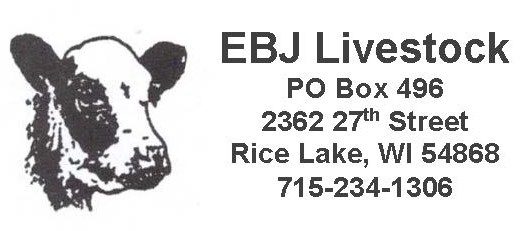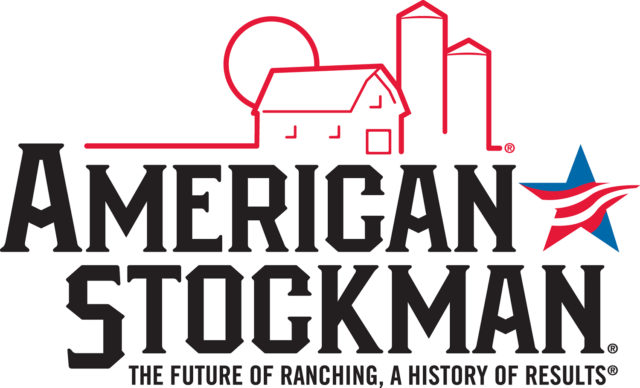Tim Saunders runs a farmer/feeder operation. His management theory is not to buy genetics but to purchase cattle that need to be upgraded. Saunders believes there is a baseline potential in most calves to make a Choice carcass. In 2010 his cattle graded about 86 percent Choice and Prime.
He has recently completed upgrading his facility in order to minimize weather extremes and is currently constructing a new hoop building for his incoming cattle. The cattle will have shelter, shade, and protected water and feed. Smaller pens within the building also allow for more efficient sorting and sizing of calves.
The second stop on the tour will be at the farm of Johnnie and Kami Hubach. The Hubachs have been breeding straight Angus-based genetics into their cow/calf operation for 30 years.
Johnnie Hubach’s focus is to improve genetics across the board—from maternal characteristics to carcass performance. Hubach retains all his heifers from both spring- and fall-calving herds. He employs embryo transfers in spring and fall cows and uses a variety of estrus-synchronization methods to balance time, labor and expenses.
The third tour stop will be at Whispering Wind Farm. The cow/calf operation also focuses on genetics. Owner Daniel Brewer does not sell his raised calves, normally running 115 cows and 100 stockers. A key to Brewer’s management is not overstocking his pastures. He uses rotational grazing and supplements with stockpiled grass in the winter.
Brewer rotates paddocks every two to three days. He acknowledges there is more work in moving cows and maintaining fences, but he notes that moving the cows makes it easier to manage them for vaccinations and other chores.
Brewer grows quality hay from alfalfa, cut four times a year. He believes that grazing on alfalfa yields less waste. Although Brewer bales some pasture, he uses small squares of grass instead of round bales.
The last stop will be at Wayne Miller Angus. Veterinarian Wayne Miller runs a cattle-only enterprise, with no row crops. He uses grass pastures for rotational grazing. Miller’s focus is on pasture management rather than making hay. He believes that not making hay allows him to increase his herd size while better utilizing pastures. Miller only buys hay when a good opportunity presents itself. He maintains two large hoop structures over concrete pits to protect the bales during storage.
Miller has both spring- and fall-calving herds, calving heifers over a 40-day period, February through March. He uses fall calving because of limited facilities to handle all calves in the spring. All calves are retained.
Miller believes that the strength of his operation is a very low death rate. He vaccinates scrupulously. Other management strategies are to reduce stress on the herd and control parasites with an aggressive deworming program.
In addition to each owner discussing management and goals, other speakers will give talks at each stop. Several members of the MU Extension Commercial Agriculture Program will speak. Veterinarians Scott Poock and Craig Payne will demonstrate pregnancy diagnosis using ultrasound and processing and receiving cattle opportunities. Justin Sexten will offer nutrition advice and Bob Weaber will talk about using genetics to improve herds. Missouri Department of Agriculture veterinarian Linda Hickam will cover trichomoniasis. Rodney Saunders with the USDA’s Natural Resources Conservation Service will discuss grazing and water systems, and John Kleiboeker with the Missouri Beef Industry Council will talk about the MU Show-Me Beef University.
The tour will conclude with a complimentary beef dinner in Savannah.
For more information, and the addresses of the stops, contact Justin Sexten at 573-882-8154 or sextenj@missouri.edu; or James Humphrey, MU Extension livestock specialist in Andrew County, at 816-324-3147 or humphreyjr@missouri.edu. ![]()
-- From University of Missouri Extension news release








